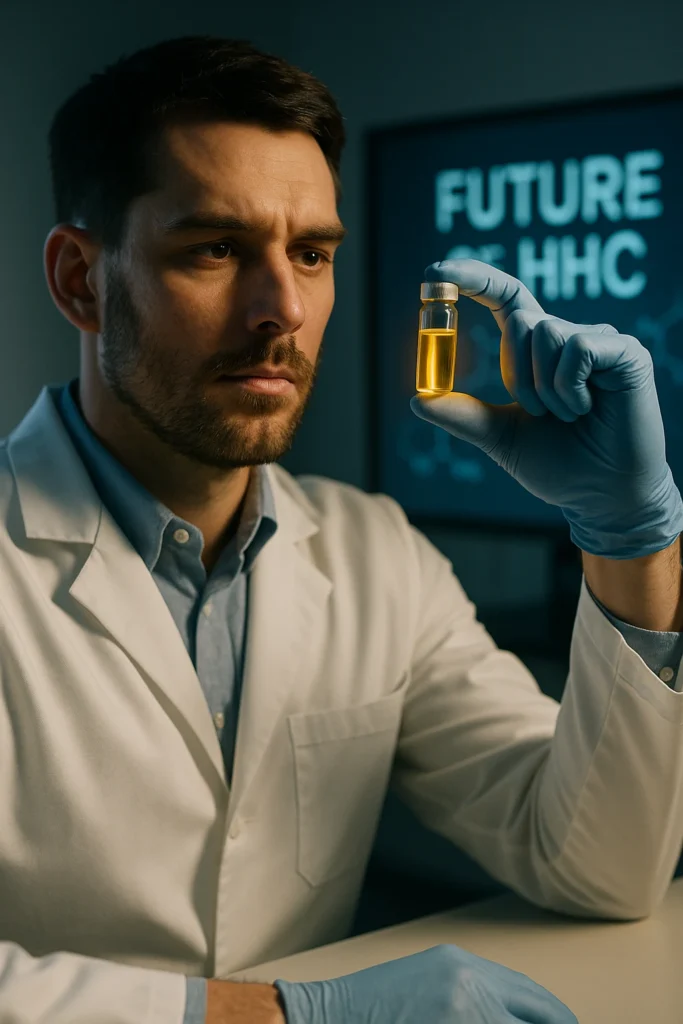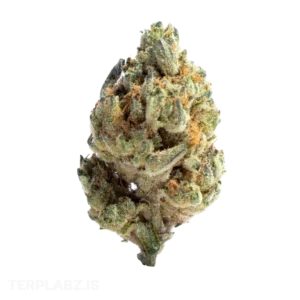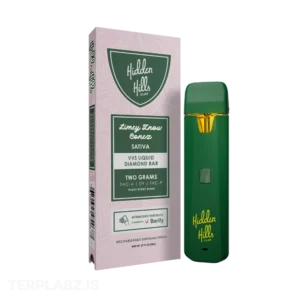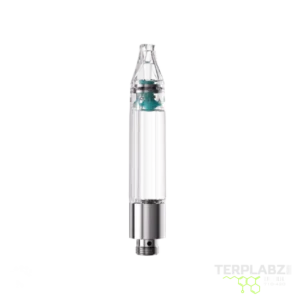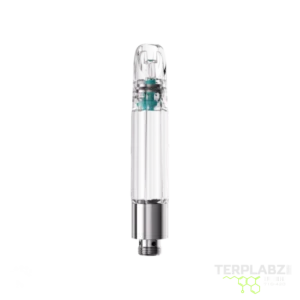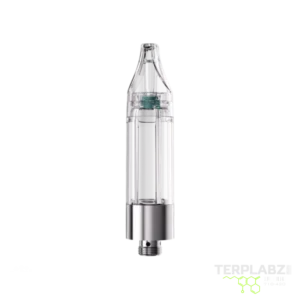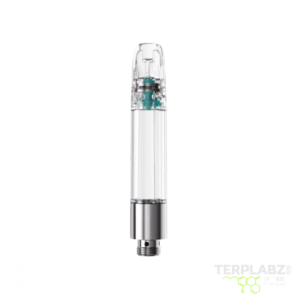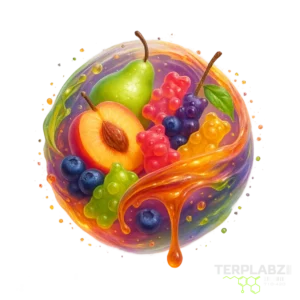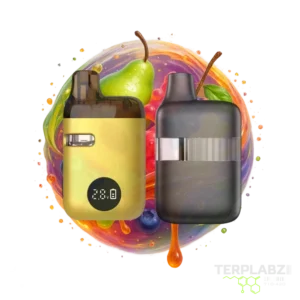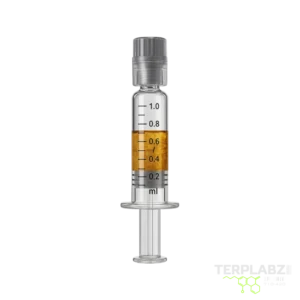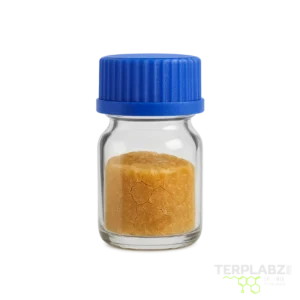HHC, short for Hexahydrocannabinol, has quickly gained attention as a THC alternative. Many users report that sometimes HHC feels powerful and relaxing, while other times it feels almost inactive. The reason behind this inconsistency lies in the two different isomers of HHC: 9R and 9S.
We’ll come back to the difference between these isomers shortly. But first, let’s take a step back and look at the basics: what is HHC and how is it made?
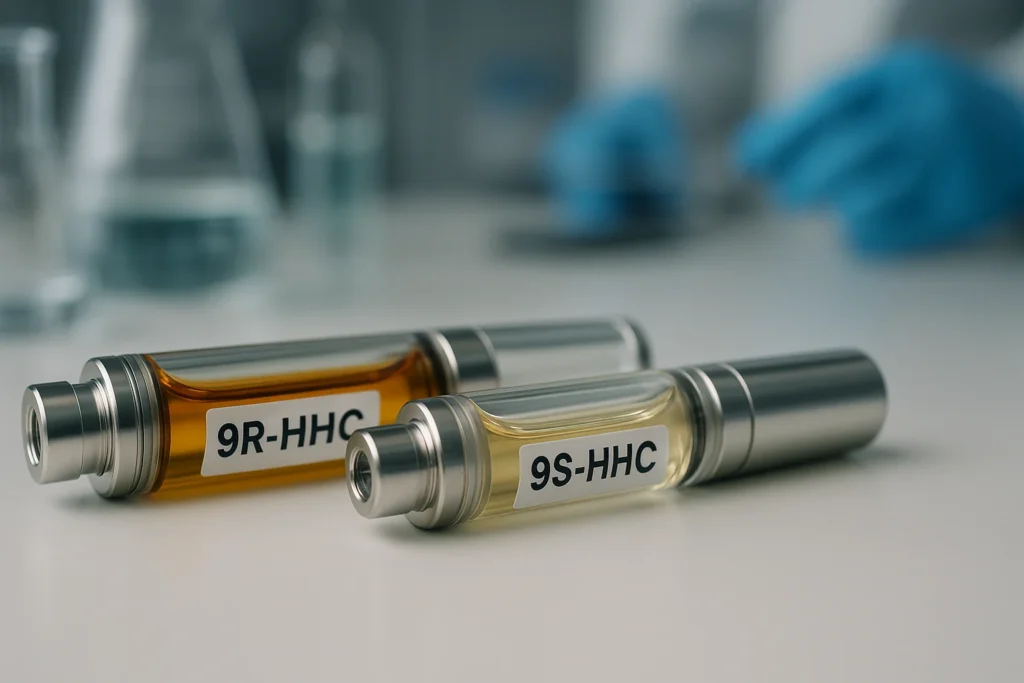
What Is HHC?
The most common question asked with modern cannaboids is: What is HHC? HHC is a hydrogenated form of THC. Chemists create it by adding hydrogen atoms to THC’s molecular structure, a process that changes the double bond system in the cannabinoid. The result is a stable molecule that is resistant to oxidation and degradation.
HHC is not one single compound, but rather a mixture of stereoisomers. These are molecules with the same chemical formula but slightly different 3D orientations. That small structural difference makes a big impact on how the compound interacts with the body.
Today, HHC is commonly sold in the form of vapes, distillates, or gummies. It’s often marketed as a legal alternative to THC in regions where Delta-9 THC remains restricted.
HHC Isomers Explained
When THC is hydrogenated, the reaction creates two main stereoisomers: 9R-HHC and 9S-HHC. Both share the same atoms but are mirror images in molecular structure.
This small change matters because the human body’s endocannabinoid system — especially CB1 receptors in the brain — can “recognize” one version much better than the other. That’s why one isomer delivers strong psychoactive effects while the other does very little.
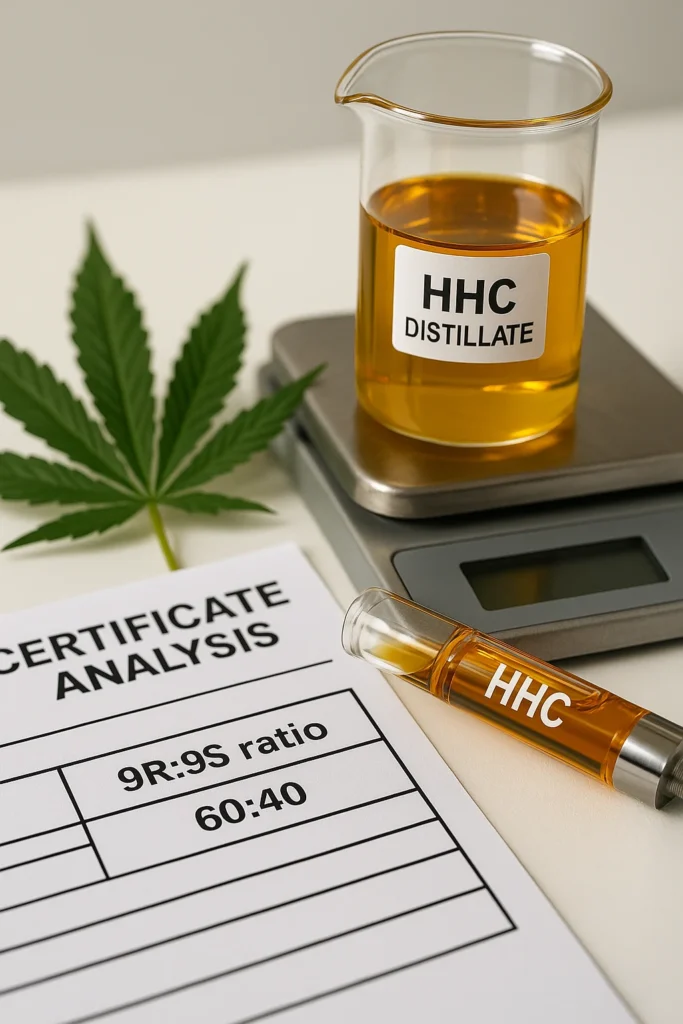
9R HHC vs 9S HHC
| Attribute | 9R-HHC (Active isomer) | 9S-HHC (Weak isomer) |
|---|---|---|
| CB1 receptor affinity | Strong affinity | Much weaker affinity |
| Psychoactive contribution | Main driver of HHC psychoactivity | Very little contribution |
| Typical effects | Closer to Delta-9 THC: euphoria, mood elevation, body relaxation | Minimal psychoactive effect; mild calm at most |
| Research notes | Considered the active isomer; binds effectively to CB1 | Some studies suggest it may be nearly inactive; weak CB1 interaction |
| Role in commercial HHC extracts | Responsible for most of the perceived “high” | Present in all HHC extracts but does not meaningfully impact the high |

